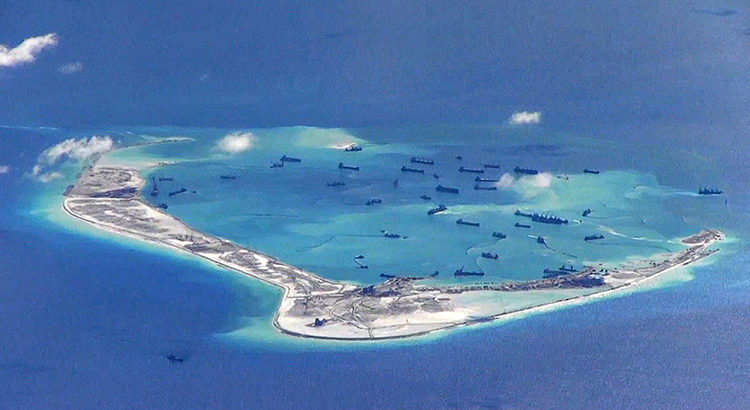On July 12, 2016 the Permanent Court of Arbitration (PCA) in The Hague handed down its verdict on the case against China brought to the Court by the Philippines in 2013. The award nullified most of the Chinese claims in the South China Sea. Following China’s rejection of both the Court’s jurisdiction and its adverse decision, confrontation seemed looming. Yet, a year later the storm clouds have dispersed. The rather surprising absence of any crisis in the region rests on two coinciding factors: the legal standards for “islands” developed in the verdict and the change in government in the Philippines.
Kategorie: English
The Philippines after One Year under Duterte: Still Majority Support for Killing Suspected Criminals
June 30, 2016 saw the inauguration of Rodrigo Duterte as President of the Philippines. The next day Ronald Dela Rosa became the new Director General of the Philippine National Police. With the two came their longstanding strategy for dealing with crime from Davao City to the Philippine nation: tolerate or actively endorse the killing of suspects. One year later, several thousand people have died at the hands of on-duty policemen and vigilantes in a ferocious campaign that aims at eradicating a problem through “social cleansing”. Although public support for Duterte continues, the Philippines staggers towards an increasingly authoritarian state.
The Increasing Salience of 3D Printing for Nuclear Non-Proliferation
A growing number of defense-industrial 3D printing fairs, print-a-thons and the amount of defense dollars, particularly in the US, going into the technology of 3D printing speak to the fact that the defense industry and some countries’ armed forces recognize the great potential of the technology. 3D printing indeed allows the quicker, cheaper, and easier development of weapons, and even entirely new weapon designs. This applies to the full range of weapons categories: Small arms and light weapons (e.g., guns, guns, guns and grenade launchers), conventional weapon systems (drones, tanks, missiles, hypersonic scramjets) – and possibly even weapons of mass destruction.



